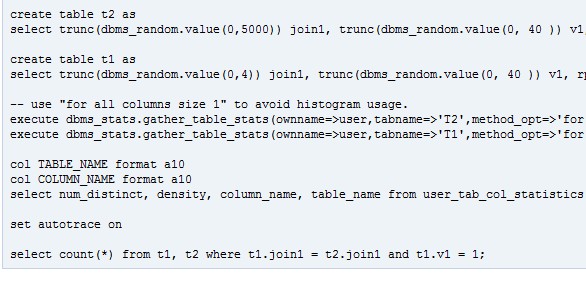事实证明Linode无愧于众多业界人士对其的推崇,今天实测了一下其磁盘速度真的不俗:
[root@li229-25 ~]# hdparm -tT /dev/xvda /dev/xvda: Timing cached reads: 25536 MB in 1.99 seconds = 12843.60 MB/sec Timing buffered disk reads: 340 MB in 3.00 seconds = 113.20 MB/sec [root@li229-25 ~]# dd if=/dev/xvda of=/root/dump bs=1024k count=1000 1000+0 records in 1000+0 records out 1048576000 bytes (1.0 GB) copied, 18.9223 seconds, 55.4 MB/s 以上为Linode vps的成绩,dd的速度为55MB/s 一下为笔者的台式机电脑,使用普通的西数硬盘 [root@rh2 ~]# cat /proc/scsi/scsi Attached devices: Host: scsi0 Channel: 00 Id: 00 Lun: 00 Vendor: ATA Model: WDC WD3200AAJS-0 Rev: 01.0 Type: Direct-Access ANSI SCSI revision: 05 [root@rh2 ~]# hdparm -Tt /dev/sda /dev/sda: Timing cached reads: 9132 MB in 2.00 seconds = 4569.83 MB/sec Timing buffered disk reads: 306 MB in 3.01 seconds = 101.72 MB/sec [root@rh2 ~]# dd if=/dev/sda of=/root/dump bs=1024k count=1000 1000+0 records in 1000+0 records out 1048576000 bytes (1.0 GB) copied, 22.6009 seconds, 46.4 MB/s Linode虚拟服务器的磁盘速度略优于普通pc的磁盘速度,作为vps性能还是不错的; 如果作为网页服务器的话,结合memcached等缓存技术,一般来说IO性能不会成为主要瓶颈。




